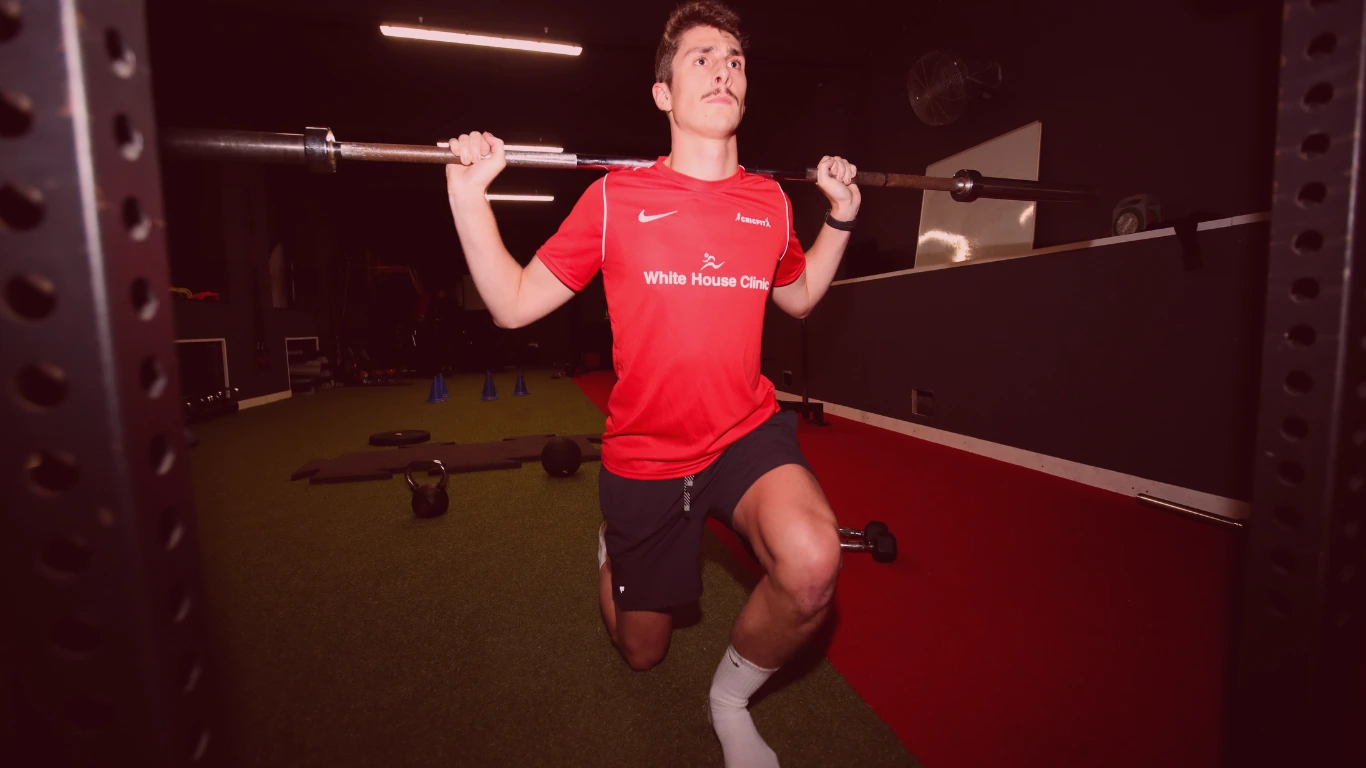Should Cricketers Lunge?
Lunges are a powerful yet underutilised exercise for cricketers. Many players focus on squats, deadlifts, and machine-based exercises while overlooking the benefits of unilateral (single-leg) movements like lunges. However, cricket is a sport that requires single-leg stability, mobility, and strength, making lunges an invaluable addition to any training programme. Let's take a look at the key benefits and coaching points for a lunge plus whether the lunge is good exercise for cricket.
The benefits of lunges for cricketers
1. Improves single-leg stability
Cricket involves numerous single-leg actions, such as stepping into shots while batting, front foot contact during bowling, and quickly changing direction in the field. Lunges help improve knee and ankle stability, which enhances overall balance and stability during these movements.
2. Develops lower body strength
Lunges work the quads, glutes, hamstrings, and core, building the leg strength needed for explosive movements like sprinting, bowling, and powerful batting strokes. Since lower body strength is linked to bat speed and bowling velocity, lunges can directly impact your performance on the field.
3. Enhances hip mobility
Many cricketers suffer from tight hips, which can restrict movement and lead to injuries. Lunges force the hips into an extended position whilst loading the muscles rather than just stretching leading to increased strength which in turn improves your hip mobility.
4. Balances strength asymmetries
Most players have a dominant leg due to repeated actions in cricket. Lunges help correct muscular imbalances, ensuring both legs develop equally and reducing the likelihood of injury caused by movement imbalances.
How to perform a proper lunge
While lunges are effective, they must be done correctly to avoid injury and maximise the benefits. Here’s a step-by-step guide to performing a perfect lunge:
- Start position:
- Stand with feet shoulder-width apart.
- Step one foot forward and the other foot back to create a split stance.
- Lowering phase:
- Drop your back knee toward the floor in a controlled manner.
- Keep your front knee aligned over the ankle (not caving inward).
- Maintain a straight line from your back shoulder, hip, and knee.
- Rising phase:
- Push through your feet to return to a standing position.
Common lunge mistakes and how to fix them
1. Collapsing back hip
Many players struggle with tight hips, which causes them to collapse through the back hip when lunging. This reduces the effectiveness of the exercise and increases strain on the lower back.
Fix: Actively push the back hip forward to maintain an upright posture.
2. Knee caving inward
If your front knee falls inward (Knee valgus) your glutes aren't doing their job and you'll likely get knee pain when lunging
Fix: Engage your glutes to ensure your knee stays in line with your fourth and fifth toes.
3. Overstriding
Taking an excessively long step will stretch your back quad making it a sore exercise to perform
Fix: Aim for a balanced stride where your back hip, knee and shoulder are in line
Lunge progressions and variations for cricketers
Once you master the basic lunge, you can progress to different variations depending on your fitness level and training goals.
Beginner variation: isometric lunge hold
- Hold the bottom lunge position for 30 seconds before switching sides.
- This improves endurance and stability before moving to dynamic movements.
Intermediate variations:
- Split squat:
- Perform lunges without stepping forward (feet stay in a split stance).
- Reverse or forward lunge:
- Step backward into the lunge or forward
Advanced variations:
- Bulgarian split squat:
- Place the back foot on a bench for an increased range of motion.
- A powerful exercise for building unilateral leg strength.
- Jump switch lunges:
- Explosively jump and switch legs mid-air.
- Improves power and coordination for fast, reactive movements.
- Drop lunge (landing focus):
- Step forward quickly and stick the landing.
- Trains eccentric control, crucial for injury prevention in cricket.
Many cricketers avoid lunges because they find them difficult or uncomfortable. However, lunges provide unique benefits that other lower-body exercises do not especially being a unilateral exercise. For a deeper dive and video tutorial on this topic, check out the YouTube video below.

















